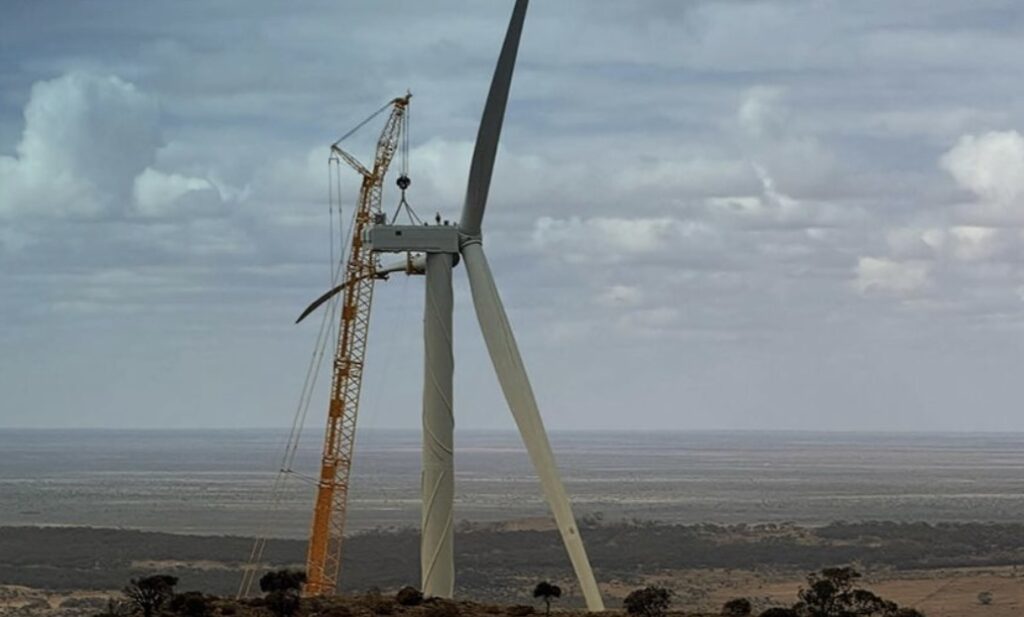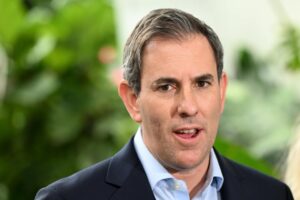
Consumers in the Australian Capital Territory (ACT) are benefiting significantly from two subsidy-free wind farms, which have collectively returned over $6.5 million to local electricity users since early 2023. The Goyder South and Berrybank wind farms exemplify how renewable energy projects can shield consumers from escalating wholesale electricity prices.
Wind farm engineer David Osmond, representing Windlab, highlighted the importance of these projects. “What’s better than a subsidy-free renewable project? How about two subsidy-free wind farms that have returned over $6.5 million to ACT electricity consumers since early 2023!” This financial return is particularly noteworthy given the recent energy market volatility.
Both wind farms are part of contracts established with the ACT government in 2020. These agreements have proven advantageous as they incorporate a mechanism known as contracts for difference (CfDs). Under this arrangement, if wholesale electricity prices exceed the agreed contract price, the project owners return the surplus to consumers. Conversely, if prices fall below the contract price, consumers make up the difference.
Project Details and Financial Impact
The Goyder South Wind Farm, based in South Australia, is poised to become the largest in the state, with a capacity of 412.5 megawatts. It has committed to supplying part of its output to the ACT at a record low price of $44.97/MWh for a fixed period of 14 years. The Berrybank Wind Farm, located in western Victoria, has also secured a competitive rate of $54.48/MWh for a 10-year term, both for a capacity of 100 megawatts.
Since the contracts took effect, Berrybank has returned approximately $3.7 million to ACT consumers, while Goyder South has contributed around $2.9 million. These returns are particularly relevant in the context of ongoing high wholesale electricity prices, which have been exacerbated by global events such as the conflict in Ukraine.
The ACT government has undertaken multiple auctions to secure renewable energy sources to meet its target of 100 percent renewables. This proactive approach aims to ensure a stable supply as the region anticipates increased electricity demand from the growth of electric vehicles and the transition away from gas appliances in new homes.
Strategic Developments in Renewable Energy
The contracts with Goyder South and Berrybank require the surrender of large-scale generation certificates (LGCs), which further establishes their subsidy-free status. These arrangements have effectively insulated ACT consumers from spikes in wholesale electricity prices, a challenge that has persisted due to the aging coal infrastructure and reliance on expensive gas in New South Wales (NSW).
The federal government is implementing a similar strategy through its Capacity Investment Scheme, which aims to secure contracts for 23 gigawatts of new wind and solar power, along with at least 9 gigawatts of battery storage. Unlike the ACT, however, specific auction results and price spikes from these federal contracts have not been disclosed.
In addition to these wind farms, both Neoen and GPG committed to developing large-scale battery storage in the ACT region. Neoen’s 100 MW, 200 MWh Capital battery and GPG’s 10 MW, 20 MWh Queanbeyan battery are designed to enhance grid reliability, particularly during instances of coal generator failures.
The ACT’s renewable energy target operates on a net basis, ensuring that the total power purchased matches or exceeds consumption within the territory. Osmond’s analysis indicates that this translates to about 80 percent renewable energy on a time-matched basis, marking a significant step towards sustainable energy practices in the region.
The success of these wind farms not only highlights the potential for renewable energy to provide economic relief to consumers but also reinforces the importance of strategic investment in sustainable infrastructure. As Australia continues to navigate the complexities of energy supply and demand, projects like Goyder South and Berrybank will play a crucial role in shaping the future of energy in the region.







